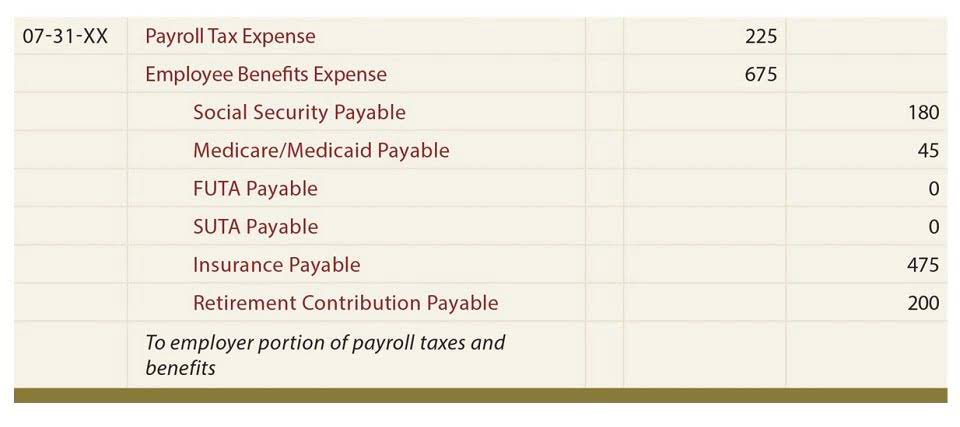
Beta refers to the volatility or riskiness of a stock relative to all other stocks in the market. The first and simplest way is to calculate the company’s historical beta (using regression analysis). Alternatively, there are several financial data services that publish betas for companies. The fair value of the real estate is based on a weighted average capitalization rate of 6.2%. As you can see below, that’s a rather substantial increase compared to the 5.8% used at the end of 2022.
- In this article we will discuss the methods of measuring specific cost of various sources of capital.
- Instead, any use of capital funds should reflect a firm’s overall cost of capital.
- The first is a loan worth $250,000 through a major financial institution.
- It boils down to the underlying issuer being more likely to default on the debt.
- Because they are not backed by any form of collateral, they are inherently more risky than an otherwise identical note that is secured.
- A lower cost of funds means a bank will see better returns when the funds are used for loans to borrowers.
Then, divide total interest by total debt to get your cost of debt. Since interest is treated as an expense while calculating firm’s income for income- tax purpose, the tax is deducted out of the interest payable. This tax adjusted interest rate is used only where the EBIT (Earnings/Profits before Interest and Tax) is equal to or exceed the interest. There is no better way to understand the concept of the after-tax cost of debt than to see it applied in real life. The cost of debt before taking taxes into account is called the before-tax cost of debt. The key difference in the cost of debt before and after taxes lies in the fact that interest expenses are tax-deductible.
Understanding Debentures
It is possible to find out the cost of equity capital by using the mechanism of risk-return trade off as given by the Capital Assets Pricing Model (CAPM). Equation 5.5 is to be solved by the trial and error procedure cost of debentures calculation to find out the value of kp. In Equation 5.5, neither the kp nor PD require any tax adjustment as the preference dividend is payable out of profit after tax and consequently there is no tax shield to the company.

Unlevered beta is essentially the unlevered weighted average cost. This is what the average cost would be without using debt or leverage. To account for companies with different debts and capital structure, it’s necessary to unlever the beta. The cost of debt is the effective interest rate that a company pays on its debts, such as bonds and loans. The cost of debt can refer to the before-tax cost of debt, which is the company’s cost of debt before taking taxes into account, or the after-tax cost of debt. To calculate cost of debt after your interest-based tax break, multiply your effective interest rate by your effective tax rate subtracted from one.
ACCA FM Syllabus E. Business Finance – Redeemable debt – Notes
Cost of a particular source of capital is referred to as the specific cost of capital. The firm must have a cost of capital that is weighted to reflect the differences in various sources used. It encompasses the cost of compensating the debt investors, preference shareholders and the equity shareholders. So, in order to calculate the WACC, there must be a system of assigning weights to different specific cost of capital. The following considerations are worth noting while assigning weights to specific cost of capital to find out the WACC.

